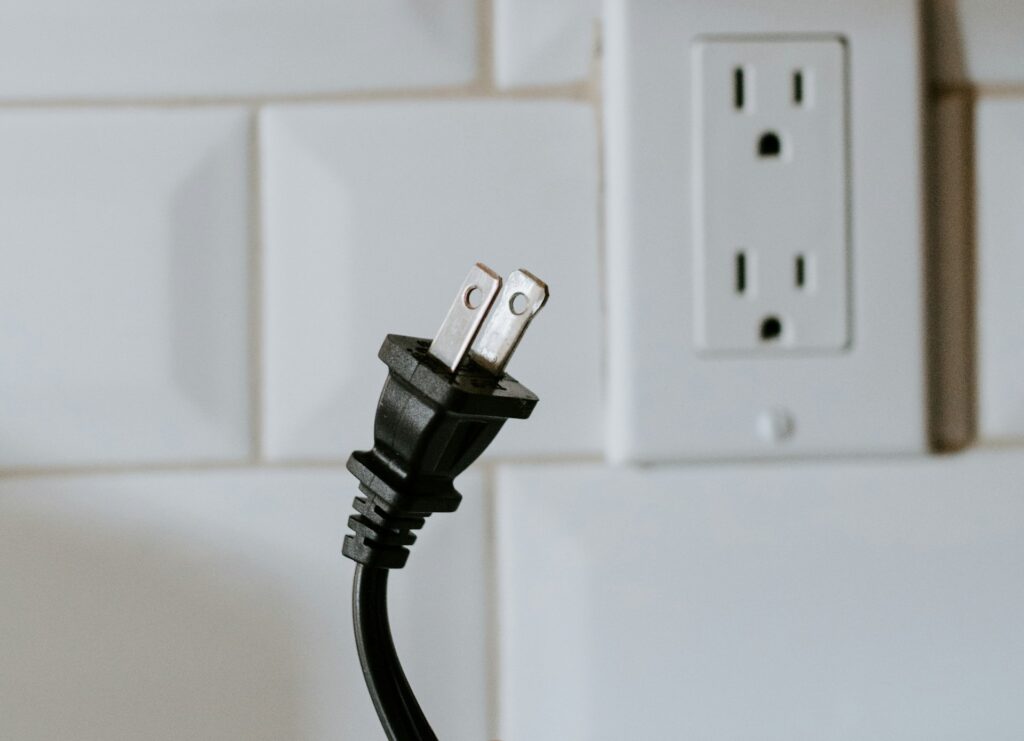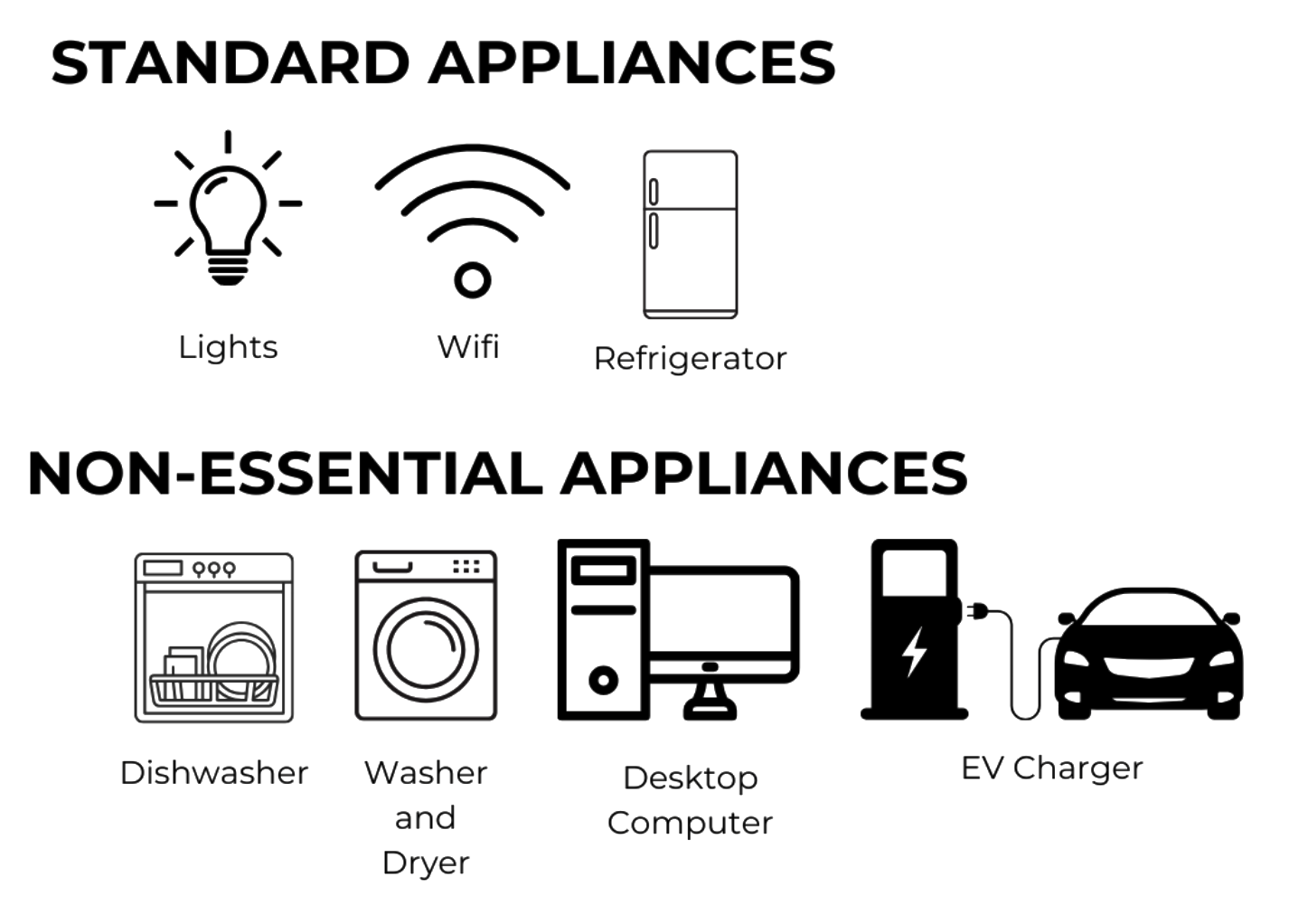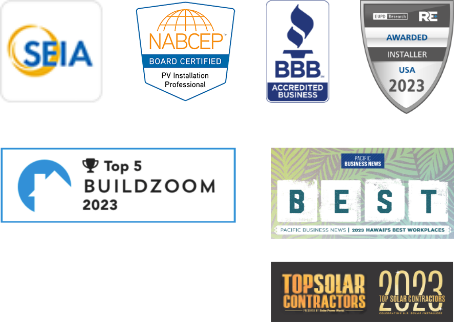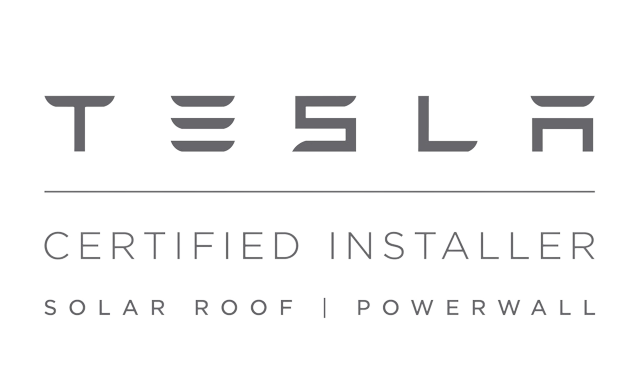How to Prepare your Solar Panels for a Power Outage or Grid Disruption

In the face of a potential grid shutdown or power outage, ensuring your solar panels are prepared is essential for uninterrupted energy supply. By implementing proactive measures and understanding your system, you can navigate through outages with confidence. This guide will equip you with the knowledge to optimize your solar and storage systems, allowing you to harness solar energy effectively even during challenging times.
Understanding Your Solar and Storage System
To prepare for grid disruptions, it is helpful to understand the basics of your solar and storage system.
How do solar panels work?
Solar panels convert sunlight into electricity, offering a renewable energy source for homes and businesses.
Can solar panels store electricity?
I have solar panels. Why is my power out? Solar panels themselves cannot store electricity. Their primary function is to convert sunlight into electricity. However, when combined with a battery backup system, any surplus electricity generated by the solar panels during sunny periods can be stored in the batteries for later use when sunlight is not available, such as during the night or on cloudy days. So, while solar panels cannot store electricity independently, they can do so effectively with the support of a battery backup system.
What happens to my solar panels during an outage?
During grid disruptions, the functionality of your solar panels depends on your system setup. Do solar panels work during a power outage? To answer this question, you must know what type of systems can work during a power outage. Believe it or not, not all systems do.
Will my solar panels still work, even if the power is cut off?
Off-Grid Systems:
Off-grid systems operate independently of the main power grid. Even without a connection to the grid, off-grid systems with battery backup can continue to provide electricity during periods when renewable energy sources (such as sunlight for solar panels or wind for turbines) are available. However, if you have an off-grid system without a battery backup, you will not have access to electricity when renewable energy sources are not generating power.
Grid-Tied Systems:
You have solar panels but no battery. You probably have a grid-tied system. Grid-tied systems are designed to operate in conjunction with the main power grid. In the event of a power outage, if you have a grid-tied system without a battery backup, your electricity supply will be interrupted. These systems are configured to shut down automatically when the grid loses power for safety reasons.
Hybrid Systems:
Hybrid systems combine features of both grid-tied and off-grid systems. They can draw power from the main grid when available but also have battery backup capability for times when the grid goes down. This allows hybrid systems to provide uninterrupted power supply during outages while still being able to utilize grid power when it’s available.
How to Use Solar Panels During a Power Outage
Despite grid disruptions, there are strategies to maximize solar energy utilization.
What happens if you have solar and the power goes out?
Off-Grid Systems
Off-grid systems operate independently of the main grid, providing uninterrupted power during outages. With battery backup, these systems store excess energy for use when sunlight is not available, ensuring essential appliances remain powered even during extended outages.
Grid-Tied Systems
While grid-tied systems offer convenience, it’s important to note that they automatically shut down for safety reasons during outages, leaving you without power. However, if you have a grid-tied system with battery backup, you can seamlessly switch to stored energy, ensuring continuous electricity supply even when the main grid is down.
Hybrid Systems
Hybrid systems combine the best of both worlds, offering reliability and flexibility. They can utilize stored energy during outages while also accessing grid power when available, ensuring a consistent power supply regardless of external conditions.
Best Practices For Grid Management
Optimizing your system’s performance during outages requires effective grid management strategies. Can you lose power if you have solar panels? Yes, even with a battery system, you can as well. That’s why it’s crucial to prepare your system to withstand storms or other potential disruptions.
Emergency Kit Solar Power
Optimal Battery Management
Proactively managing energy is crucial for preventing critical depletion during outages. It’s essential to avoid restarting a low-charge battery during storms to ensure complete recharging. Monitoring battery levels and prioritizing essential appliances help maintain functionality during emergencies.
Monitor Charge Levels
During outages, keeping an eye on battery charge prevents rapid energy loss. Prioritizing appliance usage based on reliance on the battery backup system is key to managing energy effectively.
Enphase
Enphase emphasizes overnight monitoring to prevent shutdowns and maintain sufficient charge for full sunlight recharge. They recommend disconnecting at 10% charge from backup, with shutdown occurring at 2% charge, restarting only when a charging source becomes available.
Tesla
Leveraging Tesla’s Powerwall features, such as standby mode and notifications, helps maintain standby power and receive alerts during outages. Powerwall below 10% charge enters standby mode and triggers app notifications. During standby, attempting hourly solar recharging is advised, with a wait period if energy drops more than 2.5%.
Standard vs. Non-essential Appliances
Prioritizing essential appliances conserves energy and extends backup power duration during outages. It’s important to distinguish between standard and non-essential appliances to effectively manage energy consumption.
What Can I Do to Avoid & Prepare for Grid Disruption?
In addition to optimizing your solar system, there are proactive steps you can take to prepare for grid disruptions.
Activate Storm Mode:
Activate the storm mode feature on your solar and storage system to prepare for potential power surges or outages triggered by severe weather conditions. Brands like Tesla and Enphase offer settings such as Storm Watch (Tesla) and Storm Guard (Enphase), specifically designed for this purpose. Enabling storm mode can automatically switch your batteries to full backup, ensuring they are ready for deployment during a storm. This feature receives alerts from national weather services, allowing your system to proactively brace itself for an imminent outage. However, please note that storm mode may not activate in situations like known power outages, such as rolling blackouts.
Adjust Battery Reserve for Known Outages:
In instances where storm mode won’t activate, such as during planned power outages, it’s advisable to adjust your battery reserve. While the average reserve is typically set at 20-30%, we recommend temporarily switching to 50% reserve capacity. This adjustment prepares your system to provide extended backup power during planned outages. By increasing the reserve, you enhance your system’s resilience to address longer periods without grid power.
Pre-Outage Battery Charge:
Upon receiving storm alerts or anticipating a known power outage (e.g., rolling blackouts), make it a priority to fully charge your system’s batteries. This proactive approach ensures maximum backup power availability in case of extended outages. Consider implementing energy-efficient practices even before the storm hits to optimize your battery’s capacity. If your home has an EV Vehicle, you may want to make sure your vehicle is charged before the outage occurs.

How to Evaluate Your System & Post-Storm Recovery
Monitor Your Production Through Your App:
Assess the impact of the storm on your solar and storage system by monitoring production through your app. Ensure consistent energy output compared to pre-storm levels.
Our monitoring team actively assesses each system, enabling quick troubleshooting if any issues arise.
For guidance on preparing your solar panels for grid disruptions, contact IEH at info@independentenergyhawaii.com.


















